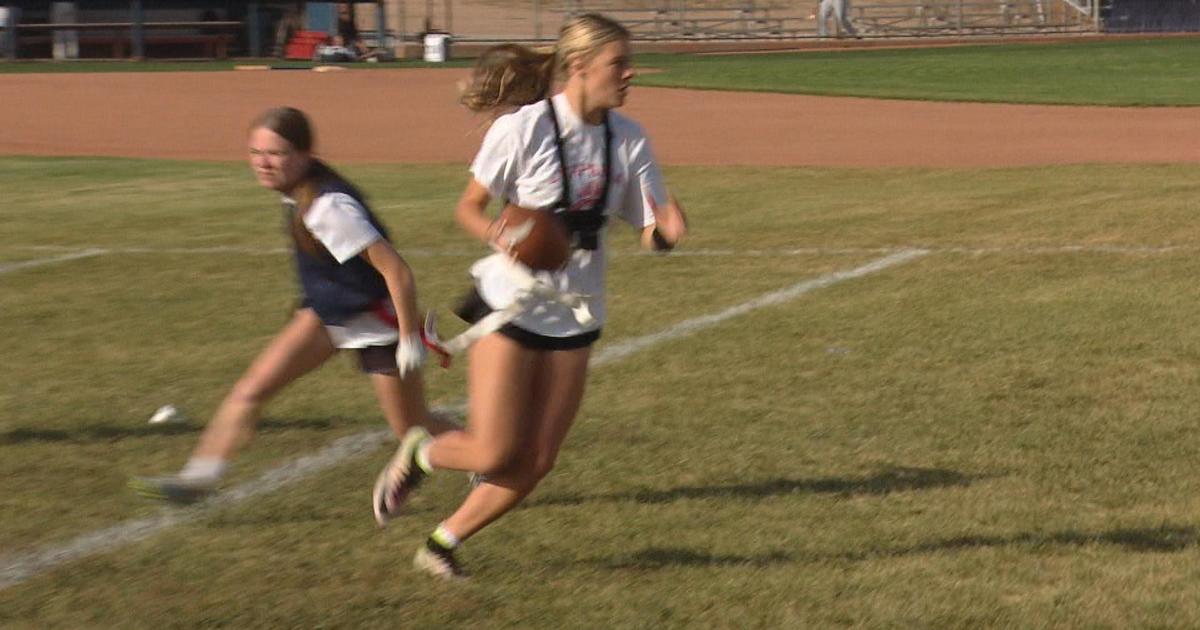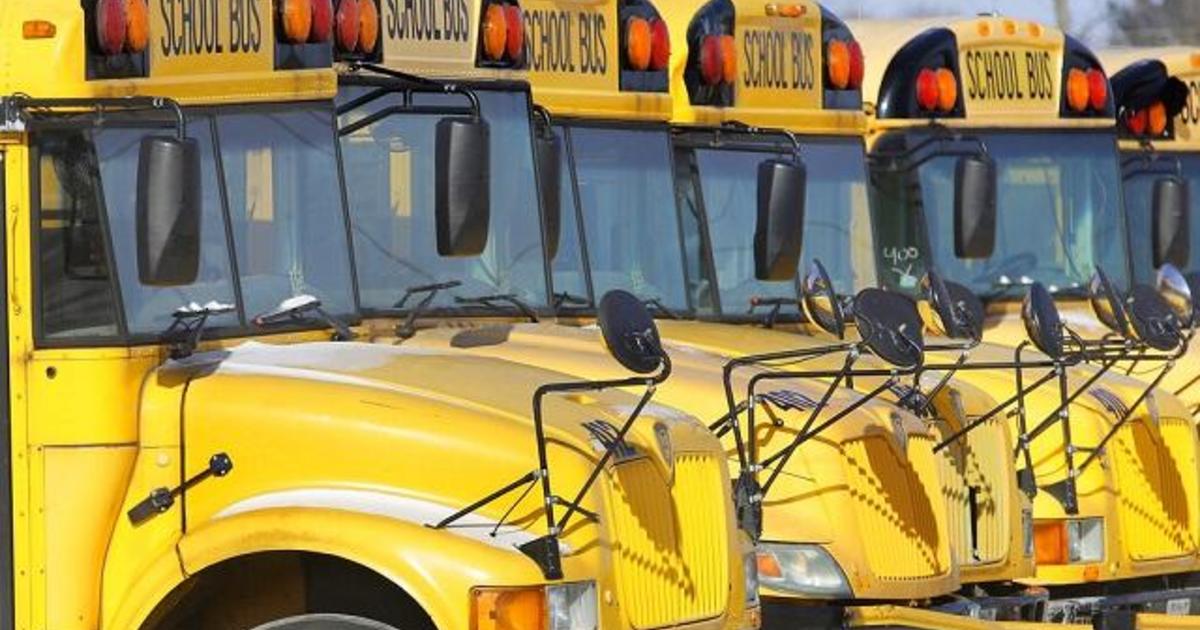2nd Report Released On April's Unrest In Baltimore
BALTIMORE (WJZ) -- A new report was released Friday from researchers at The Johns Hopkins University evaluates how Baltimore City prepared for and responded to April's unrest.
The report, which identified gaps in the city's response to mass demonstrations and rioting, also outlines a series of recommendations, some of which have already been implemented over the last year.
"If implemented fully, we believe these recommendations will substantially improve the City's preparedness and capacity to manage mass demonstrations and will mitigate the risk of event escalation," wrote the report's authors, led by Dr. Jonathan Links, a Johns Hopkins University Professor of Environmental Health Sciences, Health Policy & Management, Radiology, Emergency Medicine, Public Safety Leadership, Civil Engineering, and Business, and the university's Vice Provost and Chief Risk and Compliance Officer. "However, we do not believe, with any set of recommendations, it is possible to completely eliminate the possibility of a riot in any major urban environment.
The report's findings and recommendations include:
- A call for Baltimore City to develop more specific policies and guidelines for managing mass demonstrations, including defining both the overall strategy and the tactical response framework;
- The need for Baltimore City to develop a policy and strategy for critical infrastructure protection of such entities as pharmacies, health clinics and hospitals;
- The clarification of roles for management of emergencies, including the incident-command structure and the functioning of the Emergency Operations Center for the various Baltimore City agencies;
- Improvements in the intelligence gathering and dissemination process, including communication to City agencies and outside stakeholders;
- Building and maintaining a more collaborative relationship between the office of the Mayor and the office of the Governor;
- Improved equipment for police to respond to mass demonstrations, protests and riots, as well as policies for when different equipment should be used;
- Expanded training for mass demonstration management strategy and tactics;
- Clarification of the process to seek mutual aid requests from partner law enforcement agencies and deployment of the National Guard; and
- Better management of the basic health and safety needs of responders, including mutual aid from other agencies.
The report also addressed a number of continuing misperceptions about the April unrest, including:
- The question of bus service at Mondawmin Mall: "Given the information on the Purge and the new situational intelligence, BPD, BCSP, and MTA Police in incident command jointly decided to divert bus service around Mondawmin and secure the entrance to the Metro station at 14:54. The decision was influenced by concerns to ensure MTA personnel safety and the ability to maintain continuity of operations. There was concern that buses could not be secured and that MTA personnel would not be safe to continue serving on their routes. BPD and MTA Police were also attempting to minimize the risk of event escalation and risk to passengers. Accordingly, buses en route to Mondawmin were diverted around the area, while buses awaiting departure from Mondawmin departed as planned."
- The assertion that a "stand down" order was given to police: "It is clear from the after-action review meeting and subsequent interviews that no formal Citywide policy regarding the handling of demonstrations and protests exists, nor was any situation-specific policy disseminated ahead of the events on Saturday and Monday (although the Baltimore City Fraternal Order of Police Lodge #3 After Action Review ("FOP AAR") states that officers were explicitly ordered not to engage protestors." The report confirms that no stand down order was given to police by the Mayor or police leadership.
- The number of fires in the City: "Many in the public believe that hundreds of car and building fires were started. In fact, according to BCFD records, there were a total of 33 building fires, and only two of those were 3-alarm fires. There were a total of 55 vehicle fires, 22 of which were already extinguished by the time of BCFD arrival and the remaining 33 of which were successfully extinguished by BCFD."
"As we have said since the time of the unrest, we were not going to wait until the after-action reports were completed to make the changes that needed to be made to improve our preparation and response plans," said Mayor Stephanie Rawlings-Blake. "From creating a Joint Information Center to investing in new equipment and training to improving communications among all local, state, and federal partners, I am confident that we have addressed, or are in the process of addressing, many of the recommendations in the report."
Rawlings-Blake and BPD Commissioner Kevin Davis said the city is much better prepared now if another similar situation were to occur.
"I am confident that our officers, our leadership structure and our communications with our local, state and federal partners have been significantly improved since last spring," Davis said. "The reports identified a number of key issues, and we have been working since last spring to fix what needed to be fixed."
The full report and accompanying timeline can be found here.



